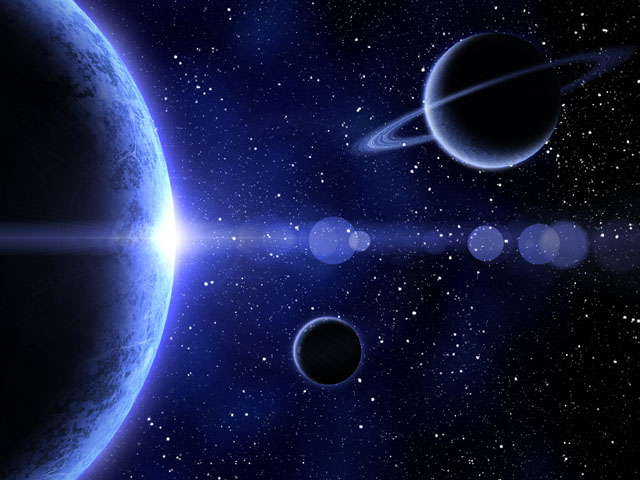4 planets to align over Philippine skies on April 4

Four planets will appear together over Philippine skies in the early morning of Thursday, April 4, according to state weather bureau PAGASA.
The planetary alignment will feature Venus, Neptune, Saturn, and Mars, PAGASA said, but only Venus, Saturn, and Mars may be viewed with the naked eye. Observing Neptune would require a modest telescope or high-powered binoculars, it added.
“A planetary alignment is a term used in astronomy to describe the phenomenon when multiple planets gather closely on one side of the sun at the same time,” the weather bureau said.
“This provides a stunning celestial display that can be observed without the need for special astronomical equipment,” it said.
Meteor showers
Two meteor showers may be observed in the country this April.
The Lyrid Meteor Shower, produced by Comet C/1861 G1 (Thatcher), will be visible from April 14 to April 30, with an expected peak of activity on April 22.
It will be visible once the constellation Hercules — the point in the sky from which the meteor shower appears to originate — rises at around 9:15 p.m. each night and remains active until about 5:13 a.m. the following day.
The radiant is highest in the sky at around 4 a.m.
“Therefore, the best time to observe the shower is shortly before dawn, when up to 18 Meteors per hour can be observed. This estimate assumes that the viewer is in a clear, dark, moonless sky and that the radiant is highest in the sky,” said PAGASA.
Likewise, the Pi Puppids meteor shower is likewise expected to be seen over the night sky from April 15 to April 28. Its peak activity is expected on April 23.
PAGASA said the meteor shower can be observed after sunset until the shower’s radiant sinks towards the horizon at around 10:11 p.m.
It is expected to peak at around 08:00 p.m. “so the best display might be seen before the radiant sets on April 23”.
The waxing gibbous moon is expected to affect the observation of both meteor showers.
“Observing meteor showers does not require specialized equipment such as binoculars or telescopes; they can be seen with the unaided eye. To maximize the viewing experience, choose a dark observing spot far from city lights and under clear, moonless skies,” said PAGASA.
Periodic comet 12P/Pons-Brooks will reach its brightest point and make its closest pass to the sun on April 21, making it visible to observers with the help of binoculars or a small telescope.
“However, due to its proximity to the sun, it will be challenging to observe it as it will easily disappear into the sunset glow,” said PAGASA.
Similar to Halley’s Comet, the 12P/Pons-Brooks has an orbital period of 71 years.
Other astronomical events for April are as follows:
April 6 — Conjunction of Moon and Mars
April 6 — Close approach of Moon and Mars
April 6 — Conjunction of Moon and Saturn
April 6 — Close approach of Moon and Saturn
April 8 — Moon at Perigee
April 20 — Moon at Apogee
—RF, GMA Integrated News



